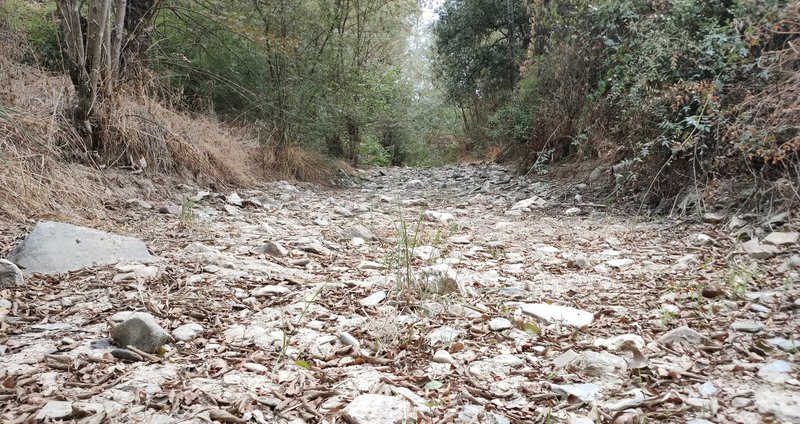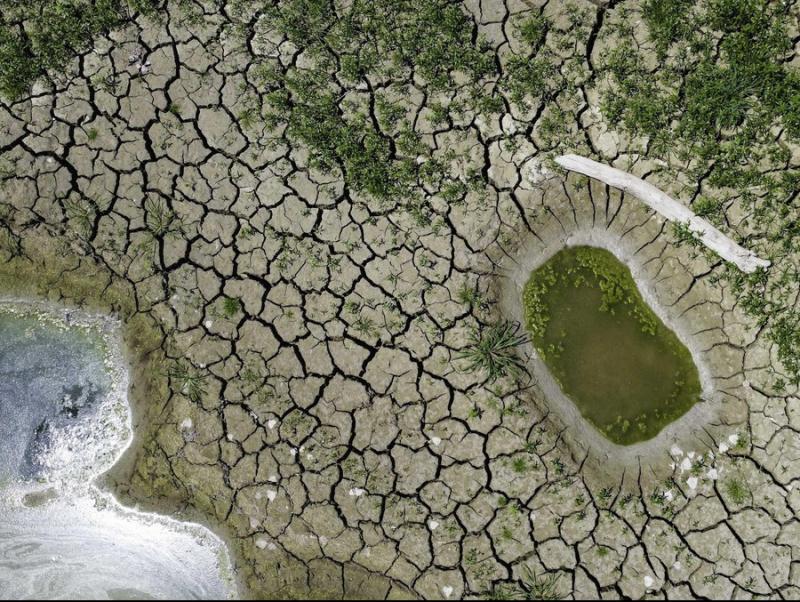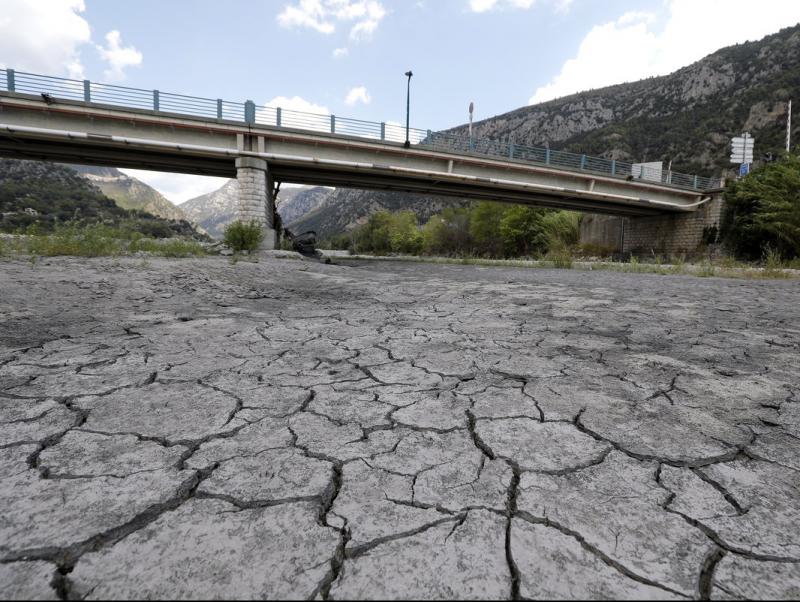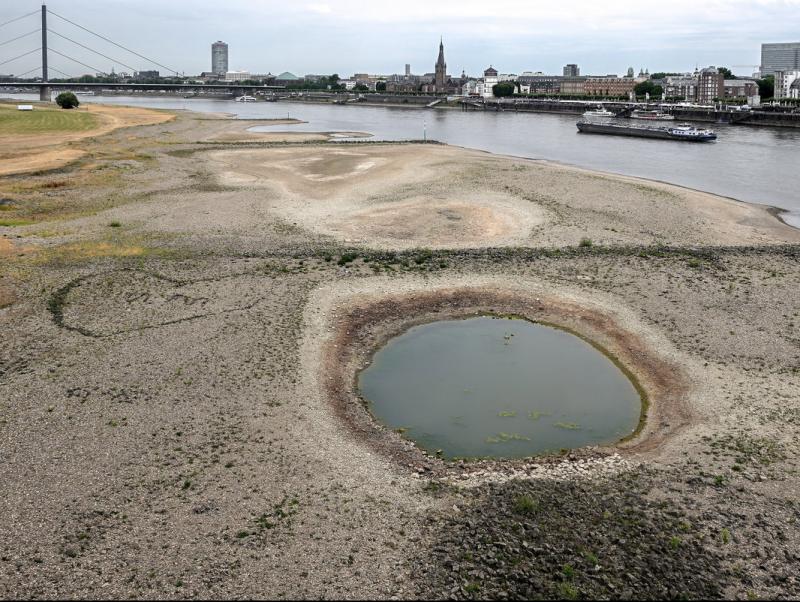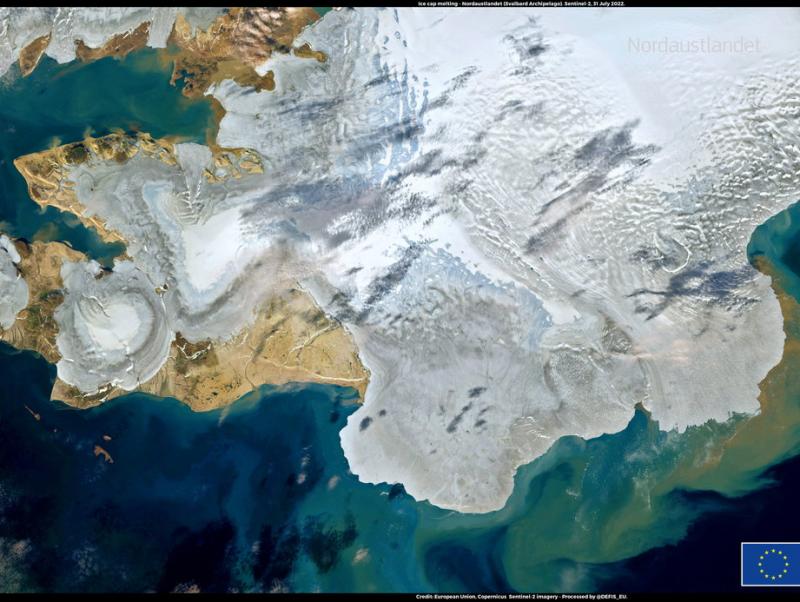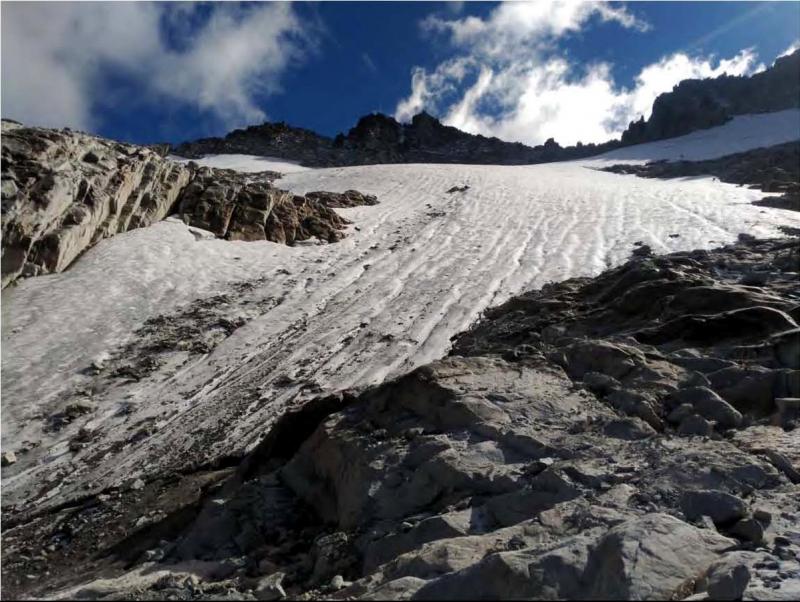The diseases caused by climate change
Experts warn that without a remedy the current sporadic cases may become a public health problem; the government issues assurances that prevention and coordination between surveillance networks have been strengthened
Climate change is not only responsible for the heatwaves that have suffocated us more than ever this summer. The rise in temperatures has a direct impact on our health, not only because it increases the risk of becoming ill among the more vulnerable groups – increasing the number of cardiovascular pathologies, allergies and mortalities – but also because the climate crisis can lead to a series of diseases not yet established in the territory. These are basically vector-borne diseases, that is, they are caused by mosquitoes or ticks that have previously been infected by viruses and other pathogens. Such species are highly dependent on ambient temperature and global warming not only favours their multiplication, but also modifies their area of influence. “The fact that the global temperature rises, that there is more drought or more torrential rain, ends up affecting all those insects that can transmit diseases, such as mosquitoes with malaria or dengue fever and ticks with the virus that causes Crimean-Congo hemorrhagic fever,” says Natalia Rodríguez-Valero, researcher at ISGlobal, a La Caixa Foundation supported institution, and doctor at the Hospital Clínic’s International Health and Tropical Medicine Service.
As the three main emerging diseases in the country, Rodríguez-Valero highlights dengue, Crimean-Congo fever and the West Nile virus. In the case of dengue, which is transmitted by the tiger mosquito, some very sporadic autochthonous cases have already been seen in Catalonia. “It is a disease that is not yet established here. But since we have had the vector, the tiger mosquito, we have seen sporadic cases in recent years. And very recently, an autochthonous case has been detected of a person in Perpignan who had not travelled,” says the expert.
We have also seen some cases of the Crimean-Congo virus transmitted not by a mosquito, but by a tick, and we must be attentive to the West Nile virus, which has already caused outbreaks in Andalusia and has already been found here in Catalonia on a horse. “We know that mosquitoes from the marshes in Andalusia are infected and here in Catalonia there has already been a case in a horse, which are animals that act as sentinels of the disease,” Rodríguez-Valero explains.
Apart from these three diseases, the doctor warns of other potentially emerging infections, such as Zika and Chikungunya. “Since we have the vector, again the tiger mosquito, the possibility also exists,” she stresses. In the case of Zika, there have already been cases in Italy and France, which means that surveillance has to be increased in Catalonia.
A “crucial” period
The researcher understands that we are now in a “crucial” period and calls for the strengthening of surveillance with multidisciplinary teams. “If we do not give it the necessary importance, as with the issues of fuel or water, and we do not remedy it, we could have a problem in the future and these diseases may become established without us noticing, as has happened with monkey pox,” she warns.
For her, the current level of control is insufficient, although the deputy director general of Food Safety and Health Protection, Carme Chacón, states that in recent years, precisely in an attempt to minimise the effects of climate change, the Public Health Department has multiplied its efforts. “It is being monitored more actively than ever,” says Chacón, who highlights the coordination effort that administrations are making to deal with problems that have been accelerated by the climate crisis. “It’s key to be able to anticipate. Heat waves are a good example of this. We need to make predictions to be able to prevent and thus be able to minimise their effects, especially among the most vulnerable population.” Chacón stresses “the coordination effort, because we will not be able to minimise all these effects if we do not all do it as one”. This more active surveillance is done by monitoring mosquitoes that can cause emerging diseases, but also allergies. “We have a network and we see that, with rising temperatures, pollination varies. Before, the warnings started in May and this year, for example, they have had to be brought forward to the month of February.”
Cases of dengue
Regarding the control of vectors, which are the cause of possible emerging diseases, Chacón gives assurances that surveillance has also advanced and has had to be strengthened. “We started years ago with the tiger mosquito and it has had to expand, because we have more mosquitoes and more varieties. We had been starting the programme in June, but now we’ve had to move it forward with actions and strengthen surveillance,” she says.
Chacón recalls that in Catalonia there have already been two isolated autochthonous cases of dengue, in 2018 and 2019. And she insists that surveillance has had to be strengthened, among other things because the virus has already been found in mosquitoes. “We have found diseases in vectors.” But this is no cause for alarm,” she emphasises. “The most important issue is that there is continuous control and monitoring, because if the number of mosquitoes and the number of people with the disease increased significantly, we would have to move on to other phases.”
The same goes for the West Nile virus, which is causing many problems in Andalusia. “They have them there in the marshland areas, and that’s why we have to have extra surveillance in the wetlands, which in this case we do in a very coordinated way with the Department of Livestock, since we have to be very attentive to what happens in horses.”
Global health
Beyond the transmission of diseases through mosquitoes, Salvador Macip,
doctor, researcher and professor at the UOC’s Faculty of Health Sciences, warns of the possibility of new pandemics if the interaction between humans and wild animals continues. This interaction is also a consequence, in some cases, of climate change. “When there’s a drought and they can’t find food, many animals are forced to venture into areas where humans live. An example of this would be the wild boar that are being seen in Cadaqués these days.”
The fact that we invade the habitat of certain animals also has consequences. This is what has happened to bats, which are reservoirs for many viruses. In this sense, Covid also represents an important wake-up call. For this reason, Macip insists on the importance of understanding human health within the framework of global, planetary health.
“The solution is for the concept of planetary health to take hold. If we want to avoid human health problems, we must preserve the health of the planet. We are all part of the same whole and what affects others affects us,” stresses the researcher.
Despite the wake-up call represented by the pandemic, which has made institutions and the population aware of the fragility of the human structure, Macip is somewhat pessimistic regarding the global capacity for anticipation. “Anything that represents an economic and social sacrifice will take a lot,” he says. And he regrets that, “instead of seeking prevention, we always act reactively, when there really is an imminent threat.”
feature climate crisis
Food control via the Internet
Temperature changes can also affect food safety, which forces the Department of Food Safety and Health Protection to carry out continuous checks. This year, in addition to the usual controls carried out in establishments and industry, the health department has for the first time added the purchasing of food online, taking into account that it is an increasingly widespread habit among the population. Likewise, the department recalls that products from the sea also require special attention, because they are subject to the effects of temperature changes and also to pollutants. In recent years, the number of products that are prone to deterioration due to high temperatures has increased as has the number of analytical controls on new consumer products.

